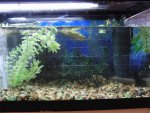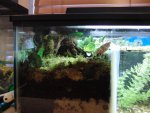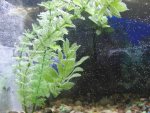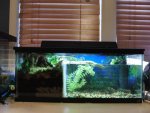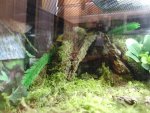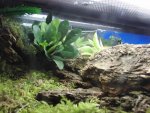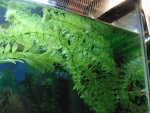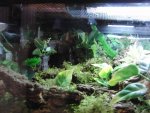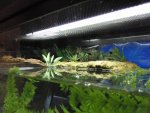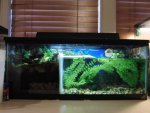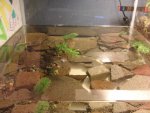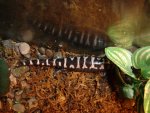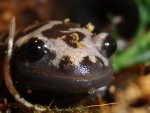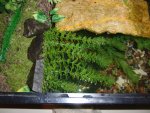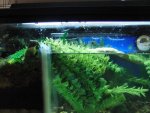Petshop owners/workers tend to have the credibility of a worm. I´ve heard them say "sure, it´s captive bred", refering to obviously WC animals, so many times before i now laugh when it happens...it´s just sad. They have no idea where the animals come from, they have no idea how to care for them and they don´t hesitate to lie to make a sale. Of course this is a generalization, and it´s not always the case, but it happens frequently enough to be disturbing.
Tiger salamanders are bred so rarely that you can be sure that no pet-shop tiger salamander that doesn´t cost a fortune, comes from a breeder. On the very rare occasions when they are actually bred, they are not offered to the public through pet-shops, you can bet on that...
I agree with Kaysie the kweichos are most likely WC, too. If they have significant quantities and they are adults, they are WC for sure. This species has become quite common in the trade lately...a pitty, because they are not treated right....
By the way, you should consider getting rid of the gravel, it´s an impactation hazard, plus it traps huge amounts of debris and makes feeding more difficult. Using live plants would also be very benefitial. Plastic ones are fine too, of course, but you are missing out on the advantages of having live plants doing maintenance work for you.


